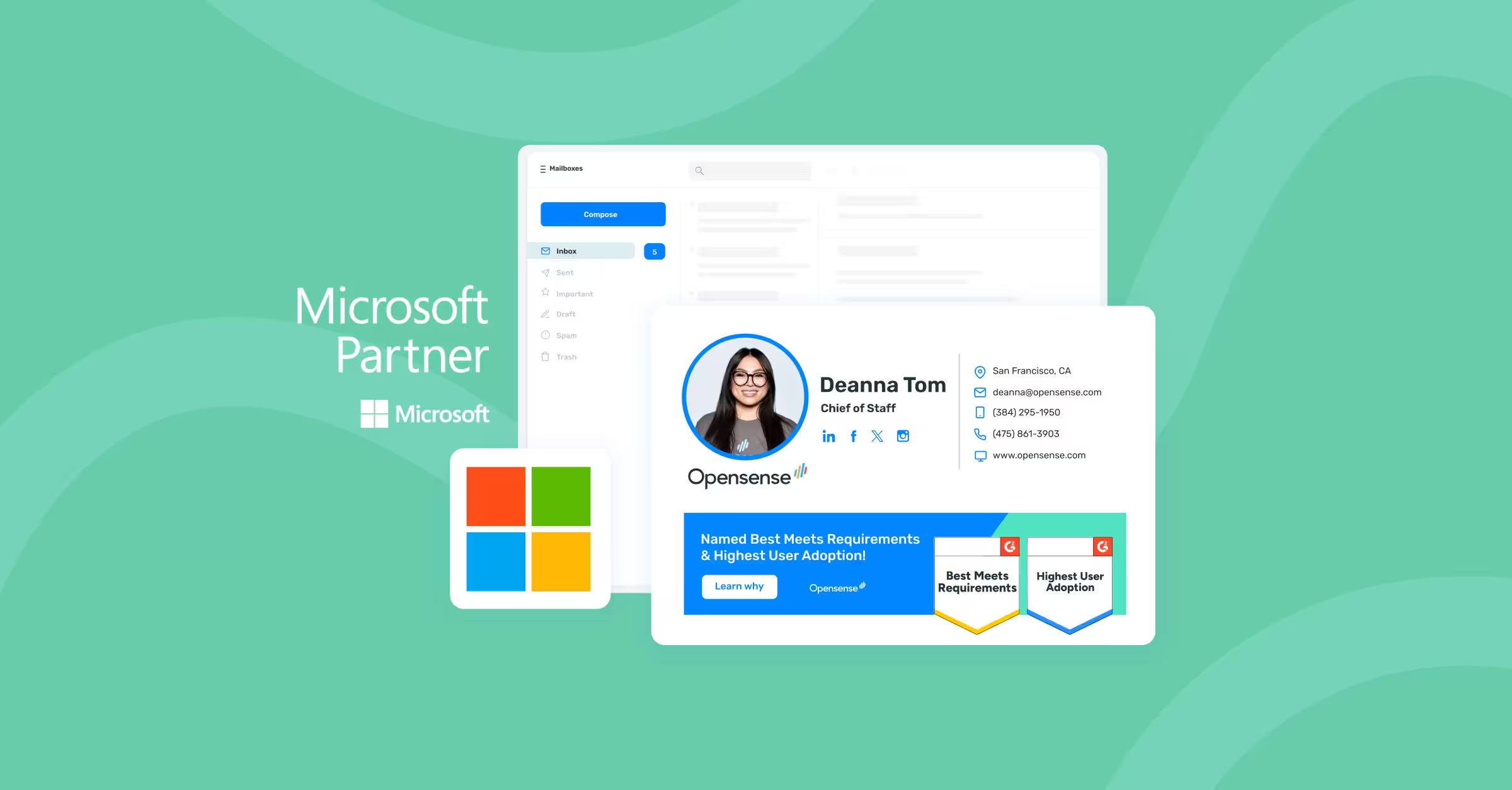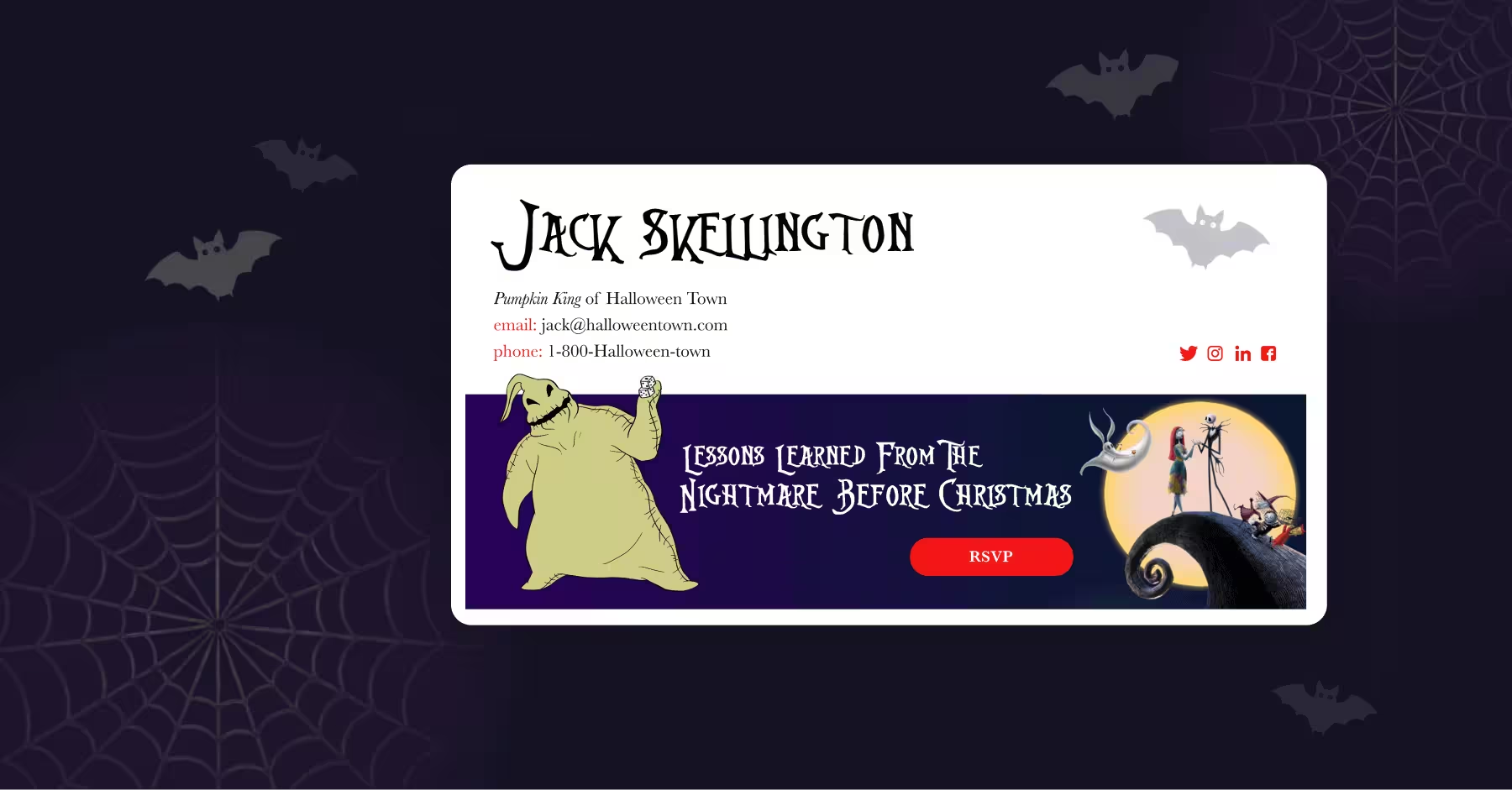
4 Ways to Prep for the Cookieless World
As marketers, we can’t help looking over our shoulder. Whether it’s the CEO sharpening her budget-cutting blade or sales asking for another piece of collateral they could have found if they’d just searched the internal wiki, only the paranoid survive.
And with Google’s cookieless announcement this past January, could you blame us for being concerned? We’re always on the hook for ROI, and we now have to worry about being stripped of the ability to track and measure that ROI!
It’s no surprise Google’s decree has everyone thinking twice. Tracking pixels (a.k.a. cookies) have been the way for advertisers to track digital advertising performance.
But, as consumer sentiments towards retargeting and other digital ads have soured in the past few years, and companies like Apple and Firefox have doubled-down on making privacy a cornerstone of their customers and users’ experiences, it’s no surprise that the cookieless era of advertising is upon us. In fact, we might already be in the first inning: Facebook recently published a blog post stating that iOS 14’s privacy-first features could cut Facebook’s ad revenue “by up to 50%.”
So What’s Going to Replace Cookies?
TL;DR: No one knows yet, especially with advertisers still discussing the new format (and Google controlling the conversation).
Here’s the long version:
There are two potential replacements for cookies:
- Opt-in cohorts: Users create an account to sign into a privacy portal where advertisers can collect anonymized marketing user preferences and behavior and market to them. Germany is the first country to feature opt-in cohorts where users log into a privacy portal called NetID. Media publishers like The New York Times have also started experimenting with this approach, so the jury is still out.
- Unique Device ID (UDID): Similar to the way the mobile advertising industry tracks anonymized user behavior and data from smartphone IDs in order to show ads. However, it’s getting harder to identify and report on mobile device IDs, so this potential replacement for cookies might run into the same problem.
The cookieless future is still hazy and, to paraphrase Uncle Iroh from Avatar: The Last Airbender, we marketers are in a dark tunnel with no end in sight, so the best we can do is keep moving forward. Here are are four ways to do just that:
1) Keep User Privacy, Security, and Compliance at the Forefront of Your Marketing Efforts
Real talk: compliance is a boring topic (and Victor would know through his work at Tugboat Logic, a start-up that demystifies and automates security prep for companies). And user privacy is something us marketers care a lot about, right? ;)
In all seriousness, privacy, security, and compliance have become more important than ever, especially in the wake of GDPR and CCPA. Our customers have demanded that we marketers do better, so we have to make sure we always build on the trust we’ve earned.And if you look back at the past five years, these three topics weren’t really discussed with customers, and companies usually kicked those cans down the road until they couldn’t. Nowadays, it’s a requirement for doing business to have a security certification like SOC 2 or GDPR compliance showing that your company takes security and safeguarding customer data seriously.
One way you can keep user privacy at the forefront of your marketing efforts is to be upfront about the data you’re asking from customers. Or as compliance experts would put it, collect only the data you need in order to complete a business transaction.
Another way is to make it very clear to customers how you’re safeguarding their information after they share their info as part of a marketing activity, e.g., sign up for coupons or download an ebook. Showing your company’s security credibility as much as possible will help in the long-run.
2) Give Your CRM A Second Life
Your CRM software is going to be more valuable than ever given the amount of first-party customer data that sits in it. And, it will increasingly become the go-to source for running targeted ads. But, you have to keep your CRM as clean as possible.
One way to do so is to address the prospects and customers of the past. And as a trigger warning, we’re about to recommend that you delete outdated contacts. Now, we’re usually against deleting any sort of marketing-related data, but when it comes to CRM hygiene, we can’t recommend enough deleting all of the contacts with hard bounced email addresses – you won’t be able to market to them, so don’t keep ‘em!
To ensure prospects and customers of the future are good to go, we recommend creating a process (assuming you don’t have one yet) for periodically checking whether they’re engaged with your marketing emails. If they haven’t engaged in a while, send small batch “wake the dead” emails to see who comes back. This tactic works for both B2C and B2B companies.
3) Email Signatures & Banners: Everyone Reads Them on the DL
Think about the number of external-facing teams every company has: exec team, sales, marketing, and customer success.
Then, think about the number of emails they send everyday. On average, a company of 100 employees sends a million emails annually. That’s a ton of impressions!
Crazy, isn’t it?
Whether you care to admit to it, everyone always stops to read those signatures to see what’s there– even when we already know the signature section usually features people’s name, email address, phone number, job title, and company name + website. It’s especially eye-catching when you drop a banner below with an attractive offer, event, or other content.
That’s why, as marketers worried about how a cookieless world will negatively affect customer acquisition, we firmly believe email signatures and banners are going to be one of the next big, untapped channels. In fact, award-winning marketing teams from Salesforce and Outreach have been leveraging email signature marketing tools like Opensense to not only promote new marketing campaigns, but to increase sales and contact engagement ( check out the example below).

4) Sponsoring Email Newsletters
Despite awful ROI on some campaigns, sponsored newsletters are one of the go-tos in our customer acquisition arsenal we can’t recommend enough.
The key to successful sponsorships is making sure the newsletter audience would really enjoy the content and or promotion you’re showcasing. That’s where having the owners of the newsletter vet and give feedback on your content really helps. They’re typically happy to weigh in because they want to make sure the content they’re advertising fits their readers’ interests.
Remember, Cookieless Won’t Be Here til 2022…
But, you can and should test new channels like email signature marketing and newsletter sponsorships. For example, with tools like Opensense, you can start creating your own ad inventory off the back of contacts from your CRM and from the emails your teams send every day. This is a strategy marketers at Salesforce and Adobe have been executing, so now is the best time to test them out and diversify your ad spend while you’re still able to rely on good ol’ cookie-powered ads to bring in the revenue.
Interested in learning more?
Well, you definitely won't want to miss our upcoming webinar with Tugboat Logic, The Cookieless Future is Coming: 4 Ways Top Marketers Are Preparing Today. I'll be chatting with Victor and break down topic down even further. See you then!
Blog Co-Authored by:
Victor Lin, Director of Demand Generation, Tugboat Logic

I’m a marketer who hates marketing (most of it is jargon and a mouthful to read), product guy (ask me about my mom's bakery), and author. My work has been covered by Ad Age, Bloomberg, and HubSpot. My ads and campaigns have generated millions of dollars in revenue for companies of all sizes, and my writings have been featured on the World Economic Forum’s blog and the front of Hacker News.


.svg)



.svg)



